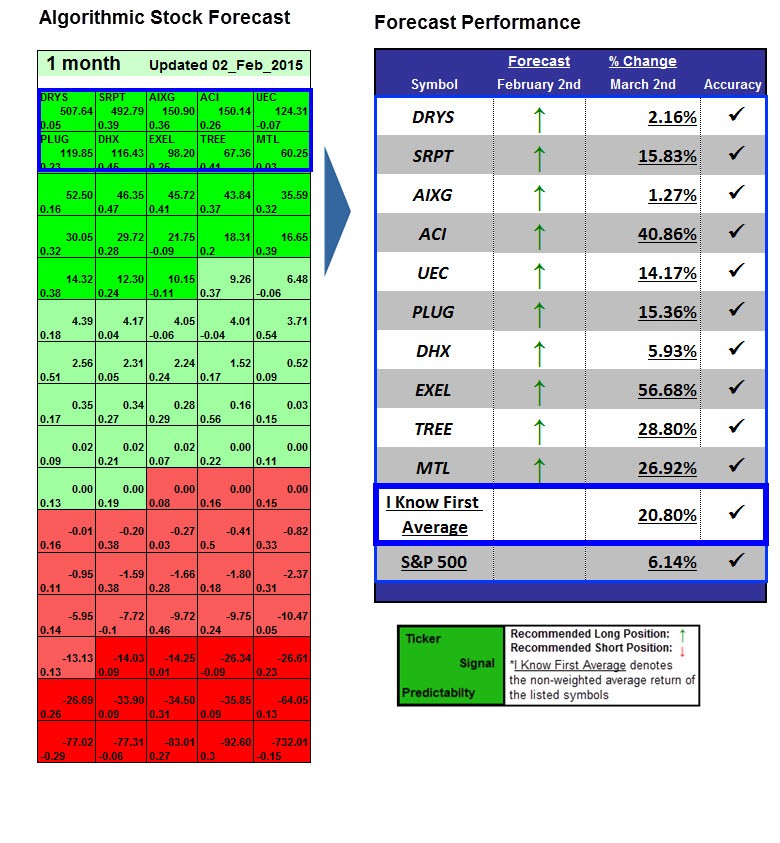SmallCap Stocks My Top Trading Strategy
Post on: 16 Март, 2015 No Comment

It is quite likely that the far majority of Seeking Alpha readers are longer-term investors. That being said, even long-term investors engage in some speculative trading from time to time with a small portion of their capital. If trading tiny volatile stocks with very small amounts of money is something that appeals to you you might be interested in a small caps trading system I developed and what drives it.
Rationalizing Small Caps Trading and Risks
If you are looking to invest in small caps, you can do so by purchasing a broad ETF such as the S&P 600 Small Caps SPDR (NYSEARCA:SLY ). Over long periods of time it does appear that smaller stocks do outperform slightly.
Some prefer to try selecting stocks on their own as they attempt to stock-pick — or increase their odds of holding a winner instead of buying a broad base of small-cap stocks. But before you run out and buy micro-cap stocks, you should realize that there are risks with owning these companies.
- Liquidity is a common issue in these smaller offerings. Buying into companies with little volume can give you a poor average price when buying and selling unless you are patient and are willing to build your large position over time. Liquidity may be decent when you enter the stock (especially if buying around earnings or some other event), but it may dry up when you want to sell.
- Other risks include the company’s lack of financial backing, which may lead to higher attrition during periods of economic woe.
- As well, analysts typically give these smaller stocks less coverage than well-known brands. A lack of information is another form of risk.
But as Angel Investors and Venture Capitalists know, it only takes a few smashing success stories to provide lift to a hum-drum portfolioif you are willing to get your hands dirty by screening potential candidates and have an exit strategy. While I don’t claim to have a one size fits all system, I do believe that I have combined a few catalysts that may work for some investors.
Small Caps Fiscal Momentum
This small caps system is based on the Small Caps Fiscal Momentum portfolio. What are the underlying forces that drive this basket trading strategy? I will break the system into two parts — stocks and trading catalysts.
Stock Universe
I separate stocks for the catalysts since one simply dictates the type of stock to buy while a catalyst is what provides the timing. In the paper, Size, Value, and Momentum in International Stock Returns (Fama, French 2011), the evidence points toward outperformance of small-value stocks. The chart shows how market cap and book to market ratios affect monthly performance.
The x-axis goes from small to big market cap and the y-axis goes from low value to deep (high) value. The upper right corner shows that small-value stocks out-perform the one-month T-bill rate by 0.44% on average between the November 1990 and March 2011. Remember that these are monthly performance figures.
My investable universe for the Smallcap Fiscal Momentum strategy goes a little beyond the above although it holds to the small/value principle. I rank stocks based on a variety of value factors such as the following:
- Price to earnings
- Forward PE
- PEG
- Price to sales
- Price to free cash flow
- Price to book ratios
While I favor small stocks, I ensure that there is at least $100,000 trading in the stock daily — at least at the time it is purchased.
Running a quick scan with 3 month re-balancing we get the following results over the past 10 years (screening for deep value, over $100,000 daily total, bottom half of market cap, price per share above 50 cents, and stocks need to report some financials for fundamental ranking which excludes many on the OTC exchanges).














